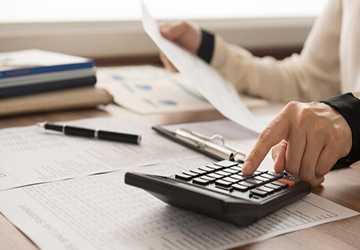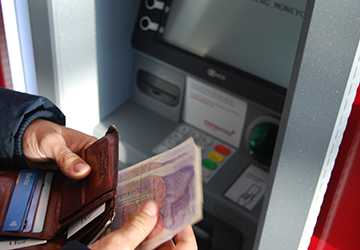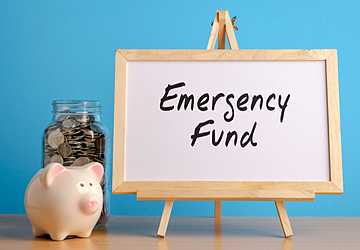Unlock advantages with credit card best practices
In today's digital economy, credit cards have become ubiquitous in transactions and financial management. However, their convenience often comes at a high cost for those who need to use credit cards responsibly. It's crucial to follow certain credit card best practices to maximize your benefits without falling into a debt trap. This includes understanding your spending habits, knowing your credit limit, and making your payments on time. One effective approach is to use credit cards as a medium to track spending, rather than as a means to increase income. This shift in perspective can have a big impact on how you approach credit.
The art of using credit cards wisely
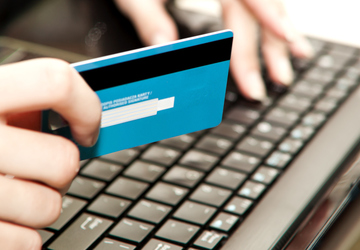
How you use your credit card has a significant impact on your overall financial health. Therefore, using credit cards wisely is a skill to pay attention to. A best practice is to limit your credit utilization ratio, which is the percentage of your total available credit that you use. Keeping this ratio below 30% will improve your credit score and make your payments more manageable. Another tip is to use a rewards program, but only for purchases you actually make. It’s easy to be tempted by bonus points and cash back offers, but these shouldn’t be a reason to spend unnecessarily.
Security Measures for Responsible
Use of Credit Cards With cybercrime on the rise, the security of financial data has never been more important. Responsible credit card use also includes protecting your card information from theft and fraud. Continuously monitor your credit card statements for unauthorized transactions and set alerts for large purchases. Most credit card companies offer comprehensive tools to track and monitor account activity. Use these tools as an extra layer of protection against potential threats.
Credit Card Best Practices: Pillars of Financial Wellness
When we discuss credit card best practices, we delve into a complex ecosystem that combines personal finance, discipline, and long-term planning. The cornerstone of using your credit card wisely is recognizing that it is a tool for financial relief, not a license for lavish spending. Creating and sticking to a monthly budget is the first step to using your credit card responsibly. A budget is a blueprint for how much you can afford to spend without compromising your financial stability. By aligning your credit card spending with your monthly budget, you can create financial discipline and prevent impulsive or emotional spending.
Hidden Gem: Smart Credit Cards for Scheduled Payments
Let’s take a closer look at an overlooked but crucial aspect of using your credit card wisely: regular payments. In the hustle and bustle of daily life, it’s easy to forget about deadlines. However, many credit card companies offer autopay features that automatically debit the minimum amount due or the entire bill balance, depending on your preference. This feature ensures you never miss a payment, maintains your credit rating, and avoids late fees. An added benefit of this approach is the psychological safety it brings, knowing that you are consistently meeting your financial obligations without the need for human intervention.
Why credit card ratings matter: A hidden aspect of responsible credit card use
In a market filled with choices, regularly checking your credit card performance is an important part of using your credit card responsibly. Are you getting the best price? Does the rewards program fit your spending habits? Is there a new product on the market that better suits your needs? Asking these questions regularly may lead to you switching cards or negotiating better terms with your current provider, increasing the card's effectiveness as a financial instrument. Reviews don’t just apply to products and services; They are also invaluable for managing your credit card environment.
Credit Card Best Practices: Not Just a Slogan, It’s a Lifestyle
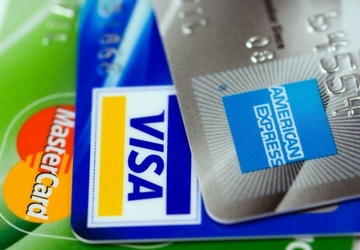
When discussing credit card best practices, it’s important to understand that it’s more than just a catchy phrase. It's a lifestyle choice that has a profound impact on your financial health. Developing responsible credit habits is not a one-time thing but an ongoing process. It starts with choosing a card that fits your lifestyle and financial goals. There are many types of credit cards, from those that offer cash back and rewards to those designed to build or repair credit. The trick is to choose a product that suits your spending habits and needs. You'll be tempted by flashy offers or sign-up bonuses only if they offer long-term benefits that fit your lifestyle.
Hidden Risks: Understanding the Dangers of Credit Abuse
One area that is often overlooked but is fundamental to wise credit card use is understanding the risks associated with abuse. The most obvious risk is accumulating more debt than you can afford. This can affect your credit score and cause stress in your life as you struggle to make your payments and keep up with rising interest rates. Another less discussed risk is the possibility of identity theft. Handling your credit information securely can save you the laborious process of restoring your financial identity. Therefore, it's not just how you use the card that matters, but also how you protect the information associated with it.
Summary: Reconciling Credit and Life Goals
In summary, the path to effective and responsible credit card use is not a maze, but a straight path that requires constant vigilance and proactive management. Understanding and applying credit card best practices will not only prevent you from falling into a terrible debt cycle. Despite this, you are actively involved in building a better future. This includes budget management, on-time payments and regular reviews. When these practices come together, you will gain a sense of security that will serve you well in all aspects of your life.
Final Verdict: Your Path to Financial Freedom
The core of using your credit card wisely is discipline and thoughtful decisions. Whether you're a student getting your first credit card or a seasoned cardholder, it's important to know how to use this powerful financial tool.
